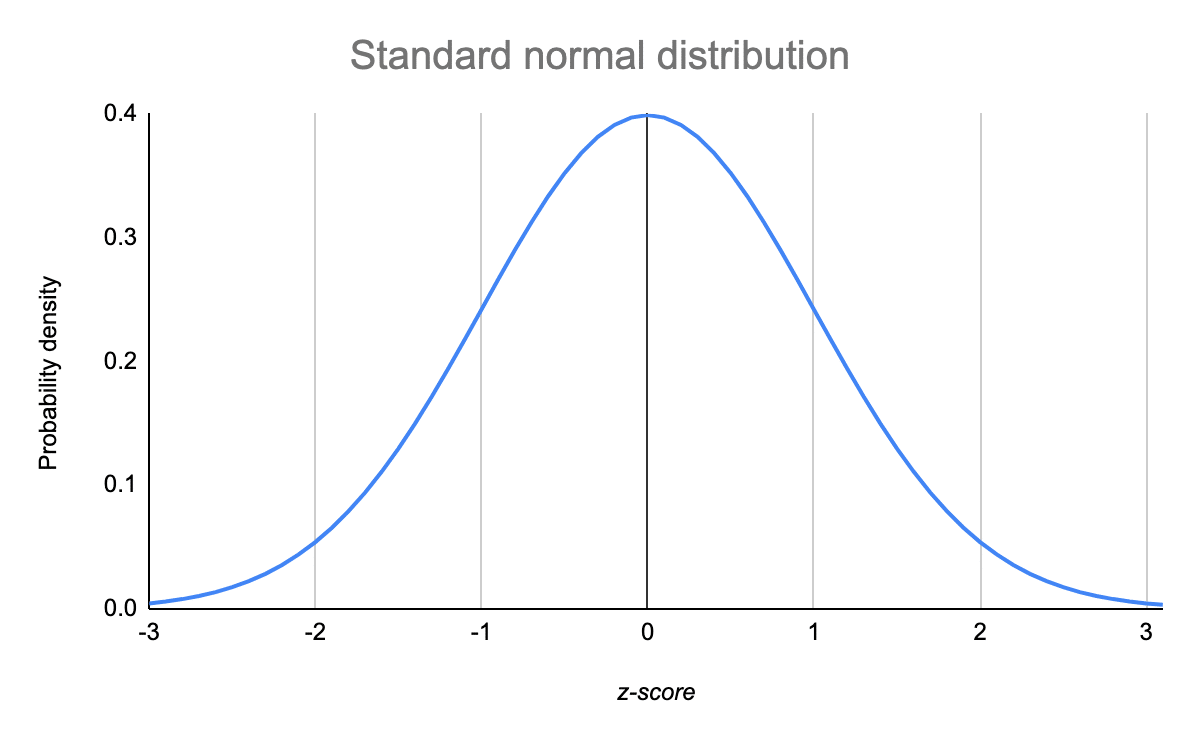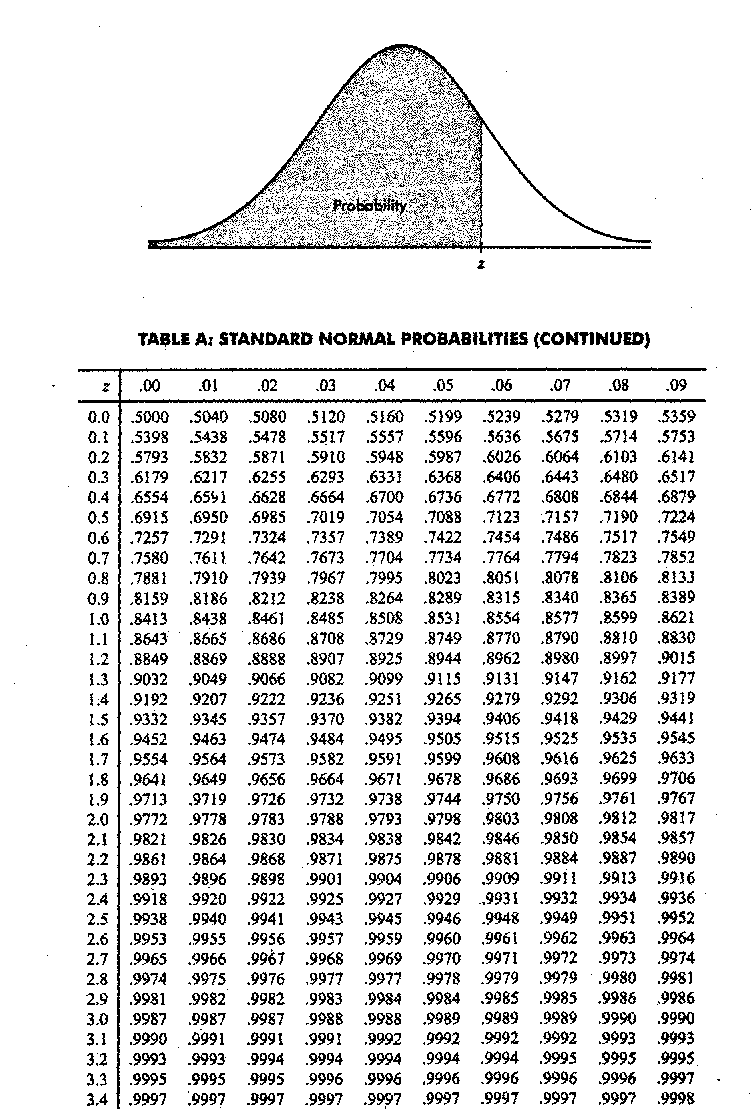

This is where a frequency distribution can come in handy. Take the table below, which has the heights of students in a university class.Īs you can see, displaying the frequency of more than a couple of categories or values. One common example can be seen through heights.

Take a look at the graph below, which shows the distribution of the phones that have been bought.įrequency distributions aren’t only applicable to categorical variables. A distribution is the way something is spread or shared. See the final frequencies below.įrequencies are helpful because they can help us understand the distribution of the data.Ĭontinuing from the previous example, a frequency distribution is a function or a graph that helps us see the distribution of a variable. In order to calculate the frequency, you simply need to add all of the times the model has been bought, which can be seen in the ‘Count’ column. To illustrate this, let’s start by looking at a table, which shows the number of times someone bought a given phone model. Frequency is defined as the amount of times a value occurs.


 0 kommentar(er)
0 kommentar(er)
